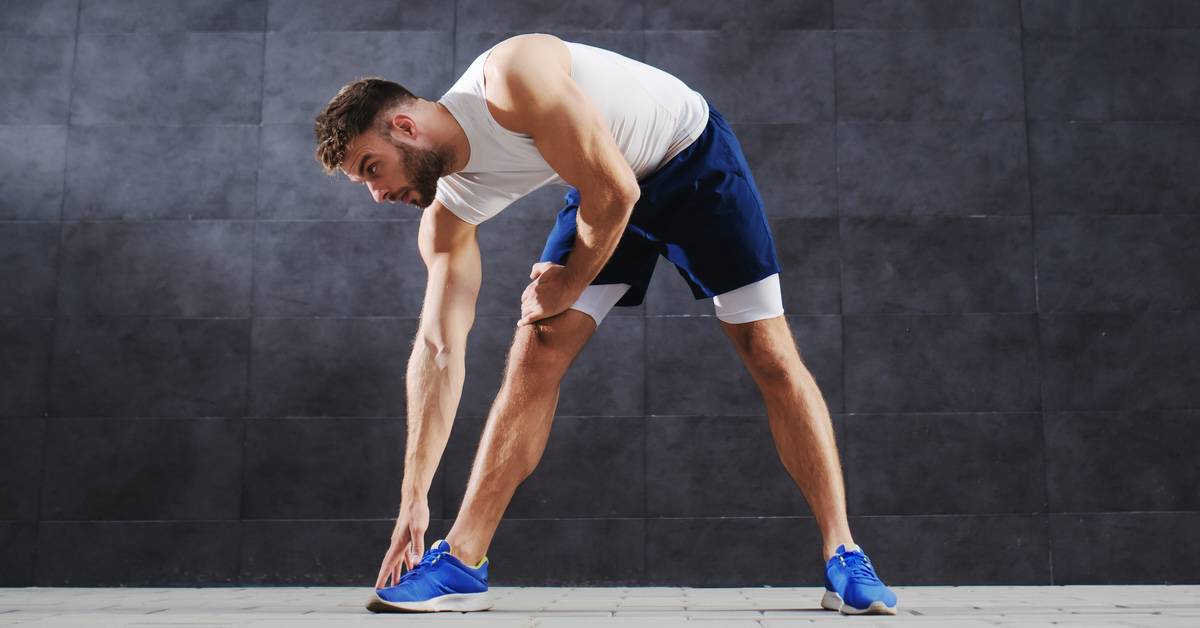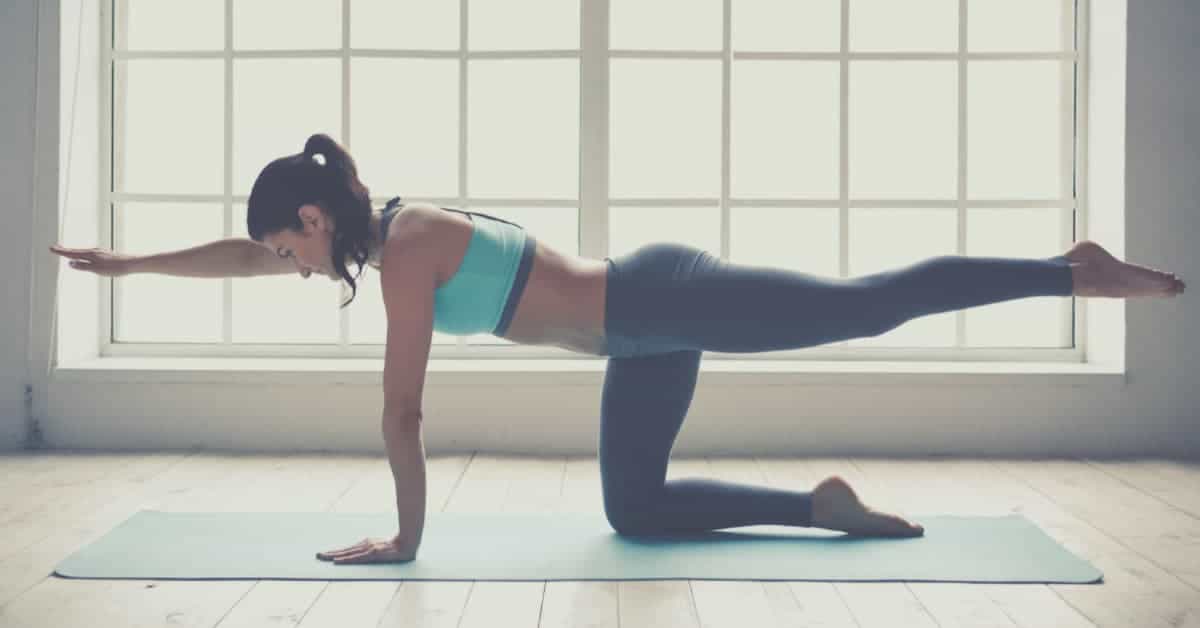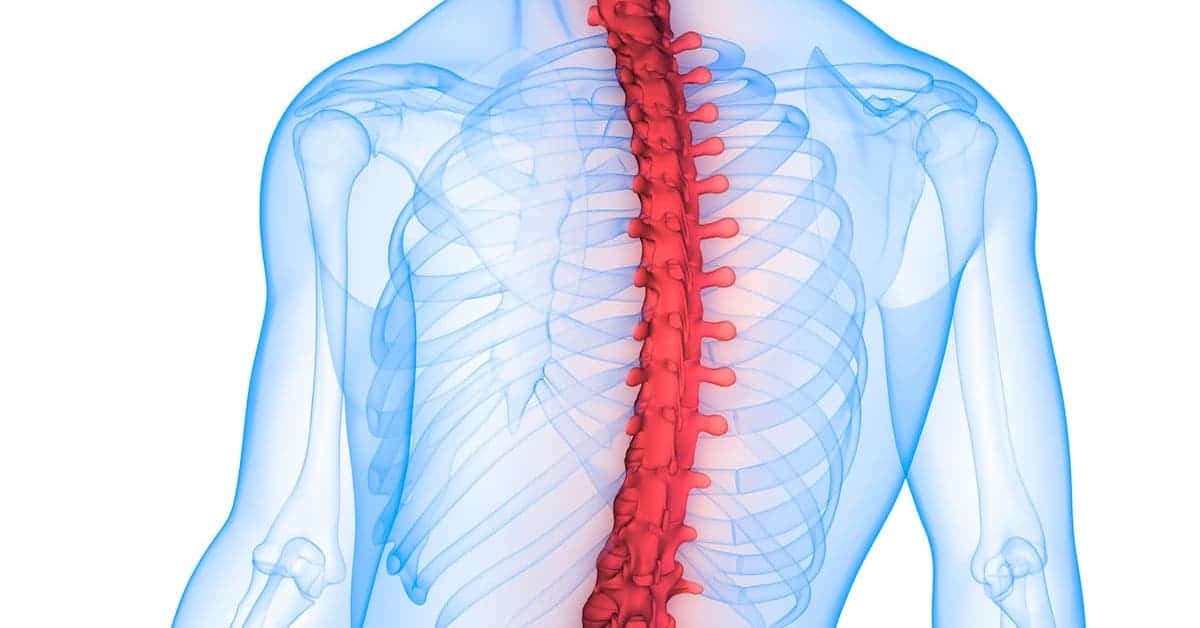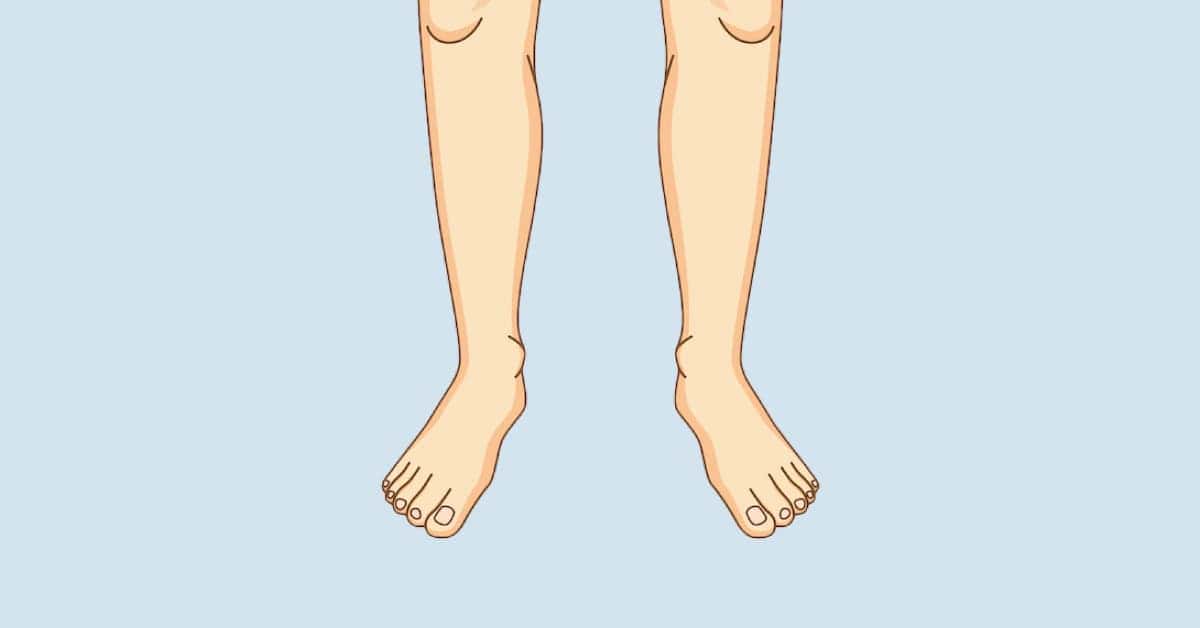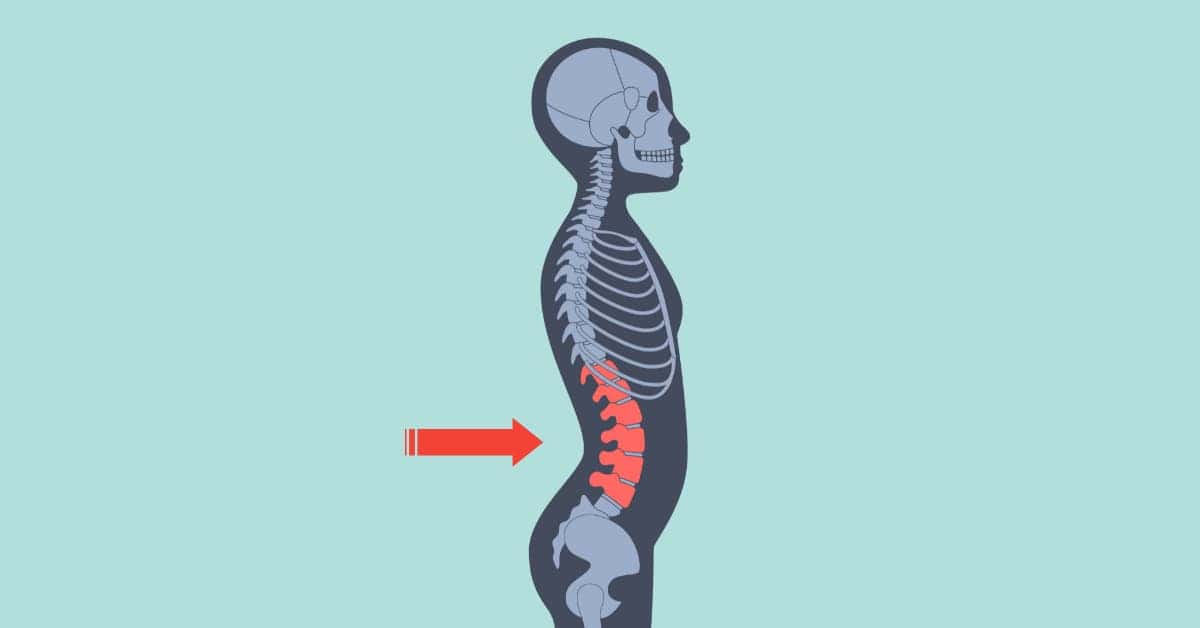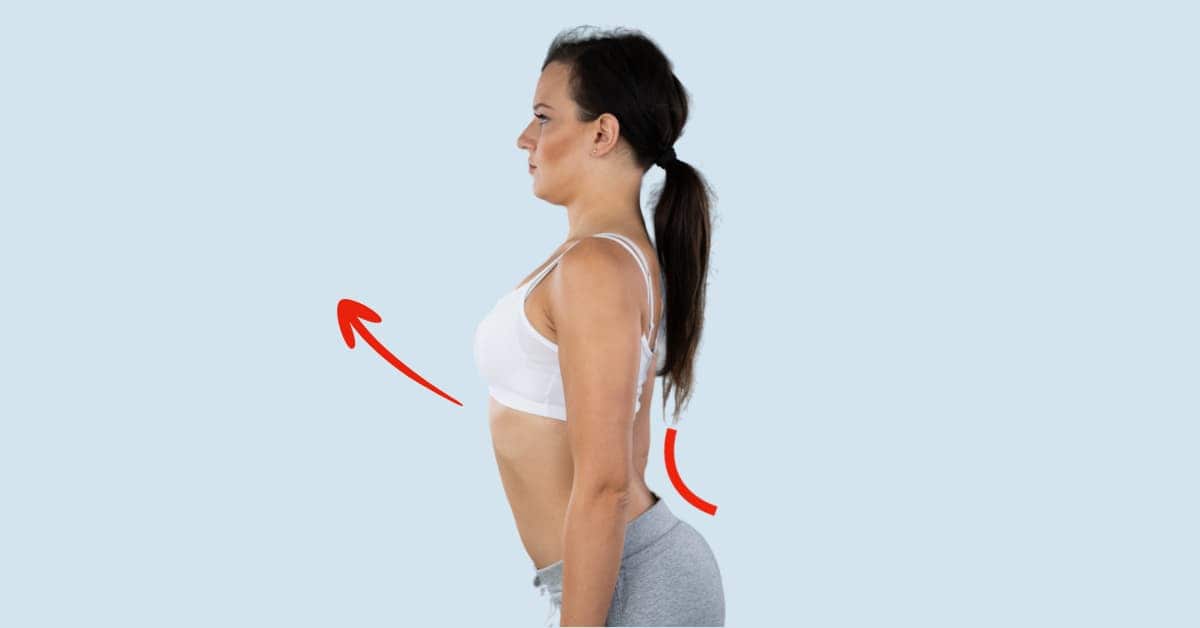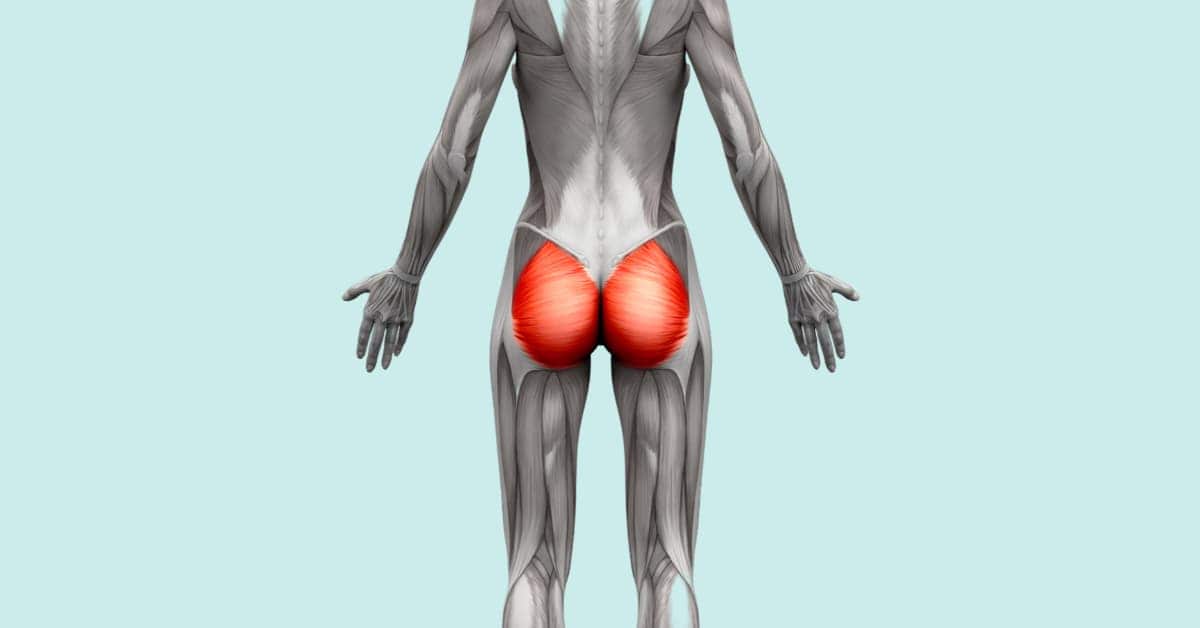Have you ever felt a nagging tightness in the back of your thighs that just won’t go away? It might be more than just a minor annoyance. Tight hamstrings are not just a discomfort; they can lead to issues like lower back pain, reduced mobility, and increased risk of injury during physical activities.
If you’re struggling with this, you’re in the right place.
In this article, we’ll dive deep into what causes your hamstrings to tighten up and, more importantly, share some effective, easy-to-follow strategies to release and stretch them.
Understanding the Anatomy and Prevalence of Tight Hamstrings
The hamstrings are a group of muscles located at the back of the thigh, extending from the lower pelvis to just below the knee.
The hamstrings have three primary functions that are integral to everyday movements and athletic activities:
- Hip Extension: This involves moving the thigh backwards, a motion commonly used in walking and running.
- Knee Flexion: Bending the knee, an essential movement for activities like squatting and jumping.
- Posterior Pelvic Rotation: This function helps in tilting the pelvis backward, playing a role in maintaining posture and balance.
Why Do Hamstrings Tighten Up?
Tight hamstrings often stem from lifestyle choices.
Prolonged sitting is one of the primary causes of hamstring tightness. When seated, the knees are bent, and the hip is in a flexed position, leading to a shortening of the hamstring muscles. This position, especially when maintained for extended periods, can cause the hamstrings to become chronically tight.
Another key factor contributing to this tightness is the over-reliance of the hamstrings due to underperformance of other muscles, notably the glutes. Typically, the glute maximus plays a crucial role in hip extension. However, when we sit for prolonged periods, these muscles can become underactive and weak, failing to function as they should.
As a result, the hamstrings, which are long and slender and not designed for the same workload as the powerful, short, and thick glute maximus, are compelled to compensate. This overcompensation can lead to chronic tightness in the hamstrings.
Additionally, poor sitting posture, where the lower back is rounded or excessively leaning back, further exacerbates this tightness by posteriorly rotating the pelvis. These factors combined contribute to the hamstrings’ inability to function optimally, leading to discomfort and increased risk of injury.
Techniques for Releasing Hamstring Tension
Tight hamstrings can be a real pain, but luckily, there are some simple techniques you can use to ease that tension. One effective method is using a massage ball to apply pressure. Here’s how you can do it:
Soft Ball Pressure Technique
This technique uses a massage ball to apply targeted pressure on your hamstrings. It’s an effective way to work out those knots and tight spots that contribute to stiffness.
By rolling the ball along the length of your hamstring, you’ll encourage these muscles to relax and lengthen, reducing tightness and improving flexibility.
- Grab a soft tennis or lacrosse ball.
- Sit on a firm surface and place the ball under your thigh, near the upper hamstrings.
- Lean into the ball, apply pressure, and roll it along your hamstring, bending and extending your knee to engage the muscle.
- Focus on tight spots for 2-3 minutes per leg.
Dynamic Leg Swings
Dynamic leg swings bring movement and flexibility back to your hamstrings. This exercise not only warms up the muscles but also helps improve your range of motion. It’s a great way to prepare your hamstrings for more intense activities or to keep them limber throughout the day.
- Hold onto a stable surface.
- Swing one leg forward and back, keeping it straight.
- Maintain a slight anterior pelvic tilt (a gentle arch in your lower back).
- Gradually increase the swing height for 10-20 reps each leg.
Hamstring PNF Stretch
The PNF hamstring stretch is a step beyond your typical stretching routine. It combines muscle activation with stretching, teaching your body to effectively utilize its new range of motion.
This method is excellent for deeply stretching the hamstrings while also engaging the surrounding muscles for a more holistic approach.
- Lie on your back and lift one leg, keeping it straight.
- Lace your fingers behind your thigh or calf. You can also use a strap.
- Push your leg against your hands, then relax and pull it closer for a deeper stretch.
- Perform 5-10 rounds per leg, focusing on the interconnectedness of muscles.
Glute Bridge Activation
The Glute Bridge is a foundational exercise suitable for reigniting the ‘switched off’ glutes and fixing glute amnesia. By focusing on proper activation of these muscles, the glute bridge helps activate your glutes so your glutes and hamstrings work in harmony, rather than your hamstrings alone.
Proper glute activation is crucial for restoring balance and reducing the undue strain on your hamstrings.
- Lie on your back, knees bent, feet flat and hip-width apart, close enough to touch with your fingertips.
- Arms rest by your sides, palms down for stability.
- Lift your hips, creating a straight line from shoulders to knees, driving through your heels.
- Hold briefly at the top, ensuring your glutes are engaged and your back isn’t overextending.
- Lower your hips nearly to the ground, maintaining control and engagement.
By incorporating these techniques into your routine, you can significantly reduce the tightness in your hamstrings, leading to better mobility and less discomfort in your daily activities.
Daily Strategies for Hamstring Health and Flexibility
Maintaining the health and flexibility of your hamstrings doesn’t have to be a chore.
With some simple daily strategies, you can keep them supple and strong. Here’s how:
Mind Your Posture
Good posture is key. Let’s start with how you stand and sit.
- Stand and Sit Smartly: When standing, distribute your weight evenly on both feet. While sitting, ensure your feet are flat on the floor, and your back is supported.
- Regular Posture Checks: Periodically check and correct your posture throughout the day.
Ergonomic Practices
Creating an ergonomic environment is essential for hamstring health.
- Optimize Your Workspace: Adjust your chair and desk so that your thighs are parallel to the floor and your feet rest comfortably on the ground.
- Use Ergonomic Accessories: Consider a standing desk or an ergonomic chair to reduce the shortening of your hamstrings and straining your lower back.
Integrate Simple Exercises
Incorporating exercises into your daily routine can make a significant difference.
- Stretch Regularly: Incorporate hamstring stretches into your daily routine, like doing gentle leg stretches after waking up or during work breaks.
- Stay Active Throughout the Day: Take short walking breaks, especially if you have a desk job.
Active Lifestyle Adjustments
An active lifestyle goes a long way in keeping your hamstrings healthy.
- Regular Exercise: Engage in activities that strengthen and stretch the hamstrings, such as yoga, Pilates, or light jogging.
- Balance Your Workout: Combine strength training with flexibility exercises for overall muscular health.
- Glute Activation: When working out, make sure you are activating your glutes to prevent overcompensation by the hamstrings.
Enhance Stretching with Warmth
Warmth can enhance your stretching routine.
- Warm Up Before Stretching: Perform stretches after a warm shower or sauna session when your muscles are more pliable.
- Consider Heat Therapy: Use a heat pack on your hamstrings before stretching to help relax the muscles.
Conclusion
Addressing hamstring tightness is essential for more than just comfort; it’s crucial for maintaining harmonious body mechanics and preventing further physical complications. The insights and exercises shared here – from targeted massage techniques to strengthening and stretching exercises – offer a comprehensive approach to managing and improving hamstring flexibility.
By adopting these simple yet effective routines, you can look forward to improved mobility, reduced discomfort, and a greater sense of physical harmony. Remember, the journey to better hamstring health is gradual, and your commitment to these practices will yield positive results over time.
